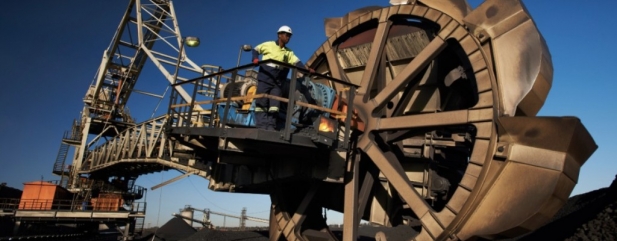Archived article
Please note that tax, investment, pension and ISA rules can change and the information and any views contained in this article may now be inaccurate.
Why oil prices have plunged to 18-year lows

Oil prices have plunged to 18-year lows of under $21 a barrel with over half of global demand wiped out amid the coronavirus pandemic, while in metals some clear winners and losers are starting to emerge.
In the commodities world, oil appears to be hit hardest thanks to a huge drop-off in demand from the coronavirus pandemic combined with a price war between two of the world’s largest producers, Saudi Arabia and Russia.
Certainly a big part of the collapse in demand has been the cancellation of the vast majority of flights around the world, as an increasing amount of airlines ground their entire fleets.
According to Forbes, oil for transport accounts for 60% of the entire 101m barrels per day global oil market.
Warren Patterson, head of commodities strategy at ING Economics, believes there is further downside to come for oil, with demand set to shrink by 2m barrels per day and the only thing bringing oil producers’ cartel OPEC back to the table to stabilise the market being even lower prices.
In the absence of an emergency meeting, it won’t be until June before OPEC meets again, by which time a significant surplus of oil will have accumulated with demand having fallen off a cliff.
It’s no wonder shares in oil producers have fallen markedly. Royal Dutch Shell (RDSB) and BP (BP.) are down around 40% and 30% respectively year-to-date.
While in the FTSE 250, oil explorers Cairn Energy (CNE) and Energean Oil & Gas (ENOG) have fallen 60% and 38% respectively.
As for metals and mining, the picture is a lot more mixed. According to analysts at UBS, gold could rally again having been unusually subdued in the current economic crisis.
They estimate gold will hit $1,700 per ounce by the end of June, up from its current level of $1,600 per ounce.
Platinum group metals – which include rhodium, platinum and palladium – have also been a big beneficiary of recent events, with a 21-day lockdown in South Africa forcing mine closures.
The prices of platinum and palladium in particular have rebounded, with South Africa providing around 70% to 75% of the world’s platinum supply and 40% of an already very tight palladium market.
As far as share prices go, it seems the big beneficiaries so far have been the gold miners, with Polymetal (POLY), Fresnillo (FRES) and Centamin (CEY) all up year-to-date, compared to big falls for the major diversified miners such as Anglo American (AAL), BHP (BHP) and Rio Tinto (RIO).
Copper prices may decline as much of the world’s manufacturing is dented by the coronavirus outbreak. Shares in copper producer Antofagasta (ANTO) are down around 20% this year.
Important information:
These articles are provided by Shares magazine which is published by AJ Bell Media, a part of AJ Bell. Shares is not written by AJ Bell.
Shares is provided for your general information and use and is not a personal recommendation to invest. It is not intended to be relied upon by you in making or not making any investment decisions. The investments referred to in these articles will not be suitable for all investors. If in doubt please seek appropriate independent financial advice.
Investors acting on the information in these articles do so at their own risk and AJ Bell Media and its staff do not accept liability for losses suffered by investors as a result of their investment decisions.
Issue contents
Feature
First-time Investor
Great Ideas
Investment Trusts
News
- Market mood lifted by huge financial support but investors remain wary
- Why oil prices have plunged to 18-year lows
- Housing market goes into coronavirus hibernation
- Bill Ackman sets record straight after $2.6bn win
- Temple Bar dumps holdings after share price collapse
- Byotrol steps up in the fight against coronavirus
- Have capital preservation funds lived up to their name?
 magazine
magazine









